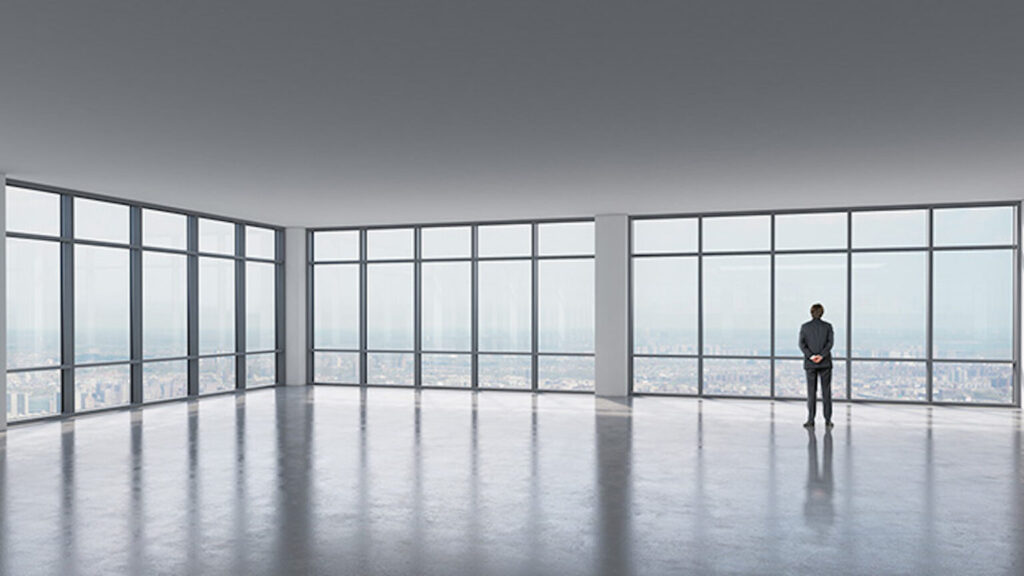
“It is labor alone that is productive: it creates wealth and therewith lays the outward foundations for the inward flowering of man.” —Ludwig von Mises
There was a recent video circulating on Instagram of real estate tycoon and friend of Liberty, Grant Cardone, explaining to his 14-year-old daughter how to acquire an income-producing property. It was such a treasure trove of information that I quickly shared it with my friends and connections. What was shocking was the number of adults, well into their mid-20s and older, who still did not understand Grant’s lesson even though he made it simple enough for his young daughter, Sabrina Cardone, to understand.
In this article, I will help explain Cardone’s investment real estate lesson easily enough for the average 14-year-old to understand.
Grant begins the lesson by having us imagine we make $200,000 per year. Perhaps this is an unrealistic number for a 14-year-old or even an average 54-year-old, but let’s go with it and use this number solely for understanding purposes. The amount could be far less, and the lesson would remain the same.
Grant is enticed by a cat-and-mouse game of discovering ways in which he can legally avoid paying as much income tax to the Internal Revenue Service (IRS) as possible, while simultaneously making as much income as possible. So, he suggests making our $200,000 income appear as though it were only $11,000.
Why does he suggest this number of $11,000 to present to the IRS?
According to the IRS, from 2023 to 2024, “The lowest rate is 10% for incomes of single individuals with incomes of $11,600 or less ($23,200 for married couples filing jointly).” So, Grant is likely rounding for the lesson’s sake.
How does he suggest making our $200,000 per year income look like only $11,000?
Grant encourages living below our means to save as much money as possible for our first investment property. If we can make $200,000 per year and save $189,000, we are left with only $11,000 to live on for that year. This may or may not be possible depending on your expenses, so this would certainly require creating a detailed, planned, budget with an exact number and dates to accomplish such a feat. Through these calculations and strategic efforts, we will only pay the IRS 10% of that $11,000, which is $1,100.
Within this year, while living on only $11,000, which is about $916 per month, we are actively saving the $189,000. With this amount, we will put a significant downpayment towards an investment property. Grant says this will be on an investment property that costs $400,000.
Where did he get these numbers?
If we buy our first income-producing property, most banks will require around 30% to 40%, especially if we do not already have real assets, such as a house, to negotiate with. 30% of $400,000 is $120,000, and 40% is $160,000.
However, remember the game is not only to make as much money as possible but also to make it appear as though we make the least amount of money possible. When we purchase an investment property, this is seen as a depreciating asset, so the IRS considers that investment amount as a loss rather than a gain.
According to the IRS, for 2023 through 2024, making more than $11,600 per year puts us in a 12% income tax bracket, and an annual income greater than $47,150 puts us in a 22% income tax bracket. If we claimed our total original income of $200,000, that would put us in a 32% income tax bracket. So, the strategy is to race to the bottom tier income tax percentage.
Before the year has ended, we take our $189,000 and put it towards a $400,000 property that we intend to lease to businesses or tenants who will pay us a monthly fee that we apply towards the mortgage. In turn, this builds equity in the property, and with most market tendencies will be worth more money in the future than it is today.
According to the S&P 500 Index, over the past 20 years, the average annual return on investment for commercial properties has been around 9.5%. If the initial investment is worth $400,000 in the first year, it may be worth around $438,000 in the second year, $479,610 in the third year, and so on.
With every payment of the lease or rental agreement, the majority of that money goes toward the mortgage, which increases the amount of equity in that property over time. Not only do we make income from the lease agreements, but the majority of our money will be made through the building of equity in these commercial real estate properties over time.
Take action!
By understanding this information and taking action we can create greater personal freedom for our finances and our lives. Stop merely dreaming of becoming wealthy, and start acting on it. The sooner the better. The longer we wait, the easier it becomes to be comfortable and content with not doing anything. We must train our capacity to act on useful knowledge, even if we create a cat-and-mouse game out of it. Make a budget plan and take the necessary steps. Personal freedom is not free, it requires your due diligence.
Originally Published: https://freethepeople.org/personal-freedom-through-commercial-real-estate-investing/

